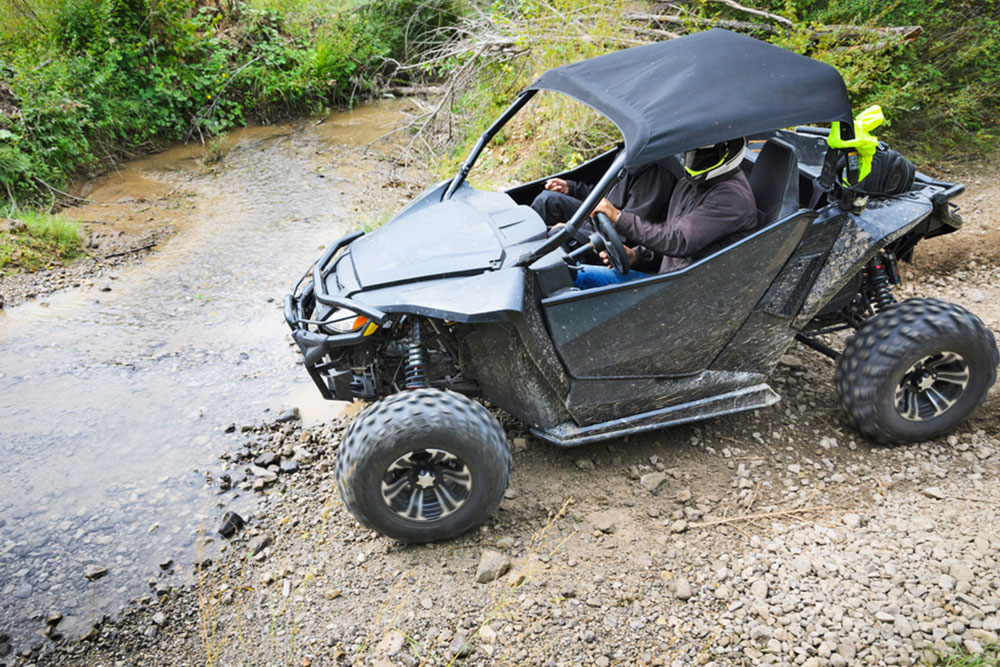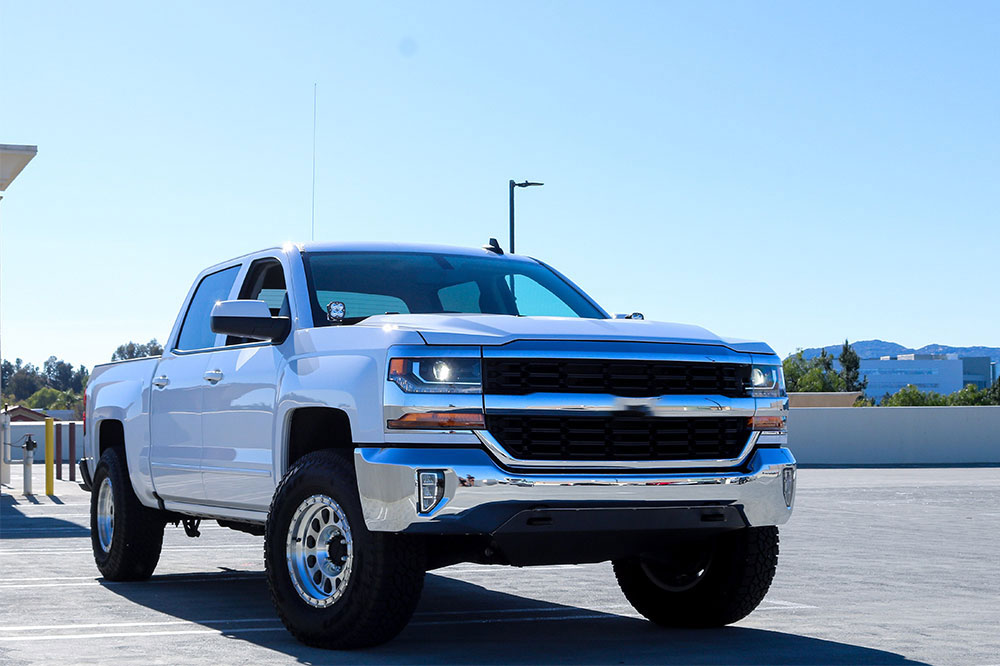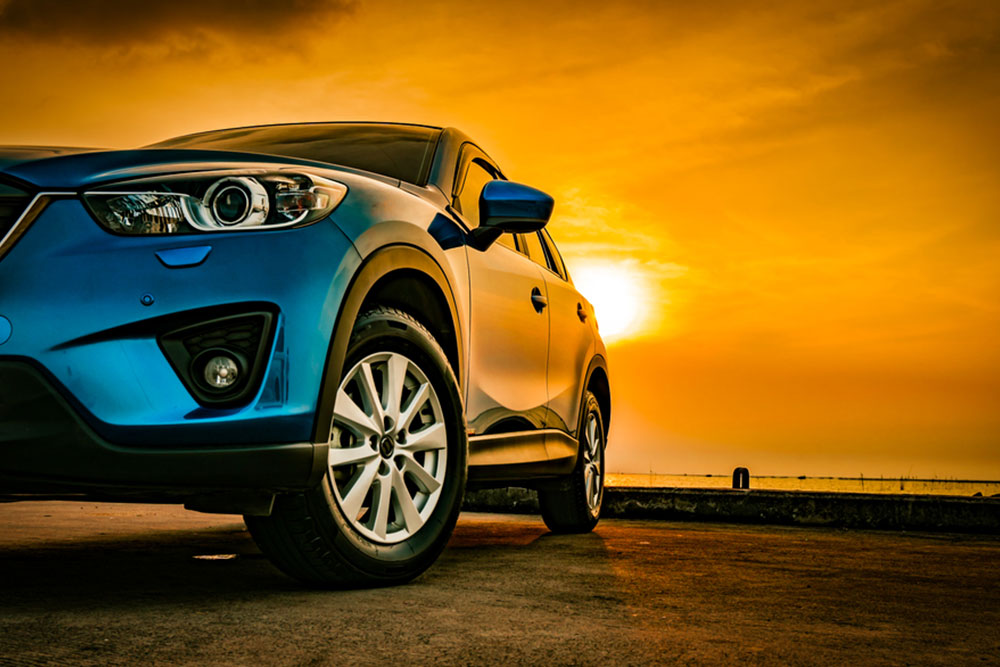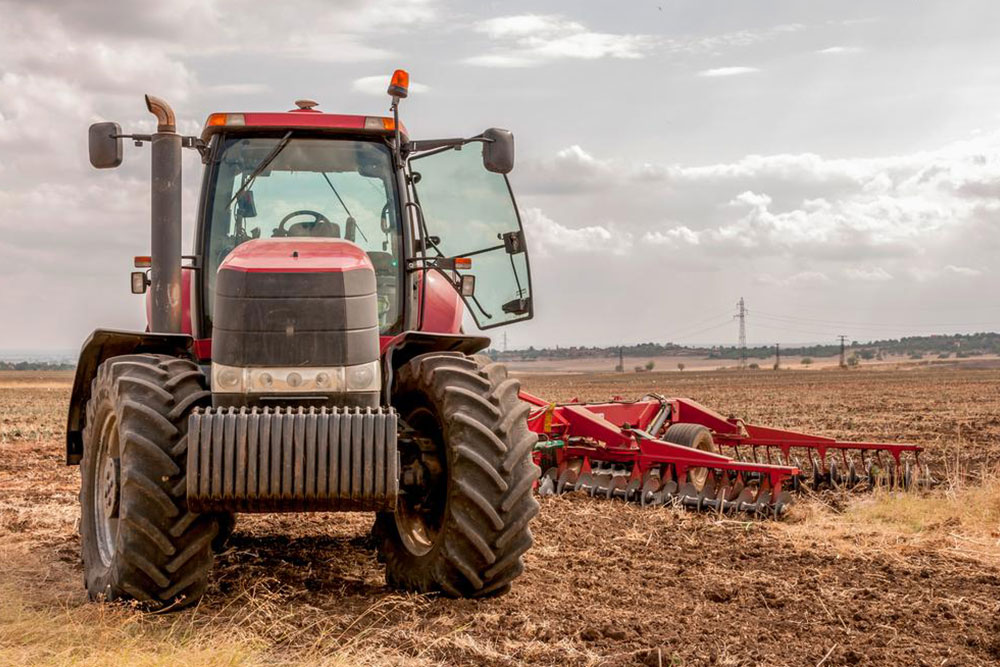Comprehensive Comparison Between ATVs and UTVs: Key Differences and Uses
Discover the comprehensive differences between ATVs and UTVs, including design, functionality, cost, and optimal uses. This guide helps enthusiasts and professionals choose the right off-road vehicle for their needs, highlighting key features, advantages, and seasonal applications. Learn which vehicle suits recreational riding, utility tasks, or heavy-duty work, and explore customization options to enhance performance across various terrains and seasons.

Comprehensive Comparison Between ATVs and UTVs: Key Differences and Uses
Off-road vehicles have become an essential part of outdoor recreation, agricultural work, and utility tasks. Among these, All-Terrain Vehicles (ATVs) and Utility Task Vehicles (UTVs) are the most commonly used. While they are often grouped together due to their off-road capabilities, they are distinct vehicles with unique features, structures, and intended uses. Understanding these differences is crucial for enthusiasts, professionals, and anyone interested in off-road transportation to make an informed choice suited to their needs.
This article aims to provide an in-depth comparison between ATVs and UTVs, highlighting their design, functionality, advantages, limitations, and ideal applications. By the end of this guide, you'll have a clear understanding of which vehicle type is best suited for specific tasks or recreational activities.
All-Terrain Vehicles, commonly known as ATVs or quad bikes, are lightweight, nimble vehicles designed primarily for individual riding. They are characterized by their compact size, narrow profile, and high maneuverability. ATVs usually feature four wheels and are powered by small but powerful engines that enable them to navigate rough terrains, steep inclines, and narrow trails efficiently. Their design emphasizes rider agility and quick handling, making them ideal for recreational activities, trail riding, and light utilitarian tasks.
In contrast, Utility Task Vehicles or UTVs, also known as side-by-sides, are larger and more robust. They are built for dual or multiple passengers, featuring a side-by-side seating arrangement, a Roll cage for safety, and a more substantial frame. UTVs are designed to handle heavy-duty tasks that require more power, stability, and cargo capacity. Their construction allows them to undertake a variety of demanding tasks including hauling, towing, and navigating difficult terrains like deep mud, snow, and rugged off-road environments.
Design and Structure Differences
One of the most noticeable differences between ATVs and UTVs is their size and structural design. UTVs are significantly larger, with wider bases, taller frames, and enclosed safety features. They typically come with a cargo bed or rack, which can be laden with tools, supplies, or other cargo. Their size and durability make them suitable for more demanding applications such as farming, construction, and outdoor maintenance tasks.
ATVs, on the other hand, are designed for single riders or sometimes with a small passenger seat. They are more compact and lightweight, prioritizing maneuverability and quick response over carrying capacity. Their lower center of gravity and simple suspension systems enable tight turns and agile navigation through challenging terrains.
Functionality and Common Uses
Both vehicles excel in off-road environments but serve different functions based on their design. UTVs are perfect for tasks requiring strength and cargo capacity. These include hauling supplies on farms, construction sites, or ranches, towing trailers, clearing debris, and accessing remote areas that are difficult for larger vehicles. Their rugged build allows them to work in snowy, muddy, or uneven terrains with ease.
Meanwhile, ATVs shine in recreational riding, trail exploration, and light utility tasks. They are especially popular among outdoor enthusiasts who enjoy trail riding, motocross, and exploring hard-to-reach outdoor locations. Their lightweight and nimble frames make them easy to handle and park in tight spaces.
Cost and Customization
Cost varies significantly between the two vehicle types. Generally, UTVs tend to be more expensive due to their size, build quality, and capabilities. The price can also increase with added features like advanced suspension, better engines, and custom accessories. Despite the higher initial investment, many users find UTVs justified for their versatility. They often come with customization options, allowing owners to add winches, additional lights, better tires, or specialized racks to suit specific tasks or preferences.
ATVs are typically more affordable and accessible, making them popular among hobbyists and casual users. While they have fewer customization options compared to UTVs, accessories such as storage boxes, headlights, and different tire types are available to upgrade performance and comfort.
Seasonal and Regional Usage
In regions with heavy snowfall or challenging winter conditions, UTVs are invaluable tools for transportation, snow removal, and utility chores. Their robust construction, higher ground clearance, and four-wheel drive capabilities ensure they can operate efficiently during winter months. Many models are equipped with snow tracks or plows, making them essential for winter survival and work.
ATVs also see increased use in certain regions during the winter but are generally preferred for recreation rather than utility. Their smaller profile makes them suitable for trail riding even during snow, but their utility capabilities are more limited compared to UTVs which are built for heavier work in all seasons.
In conclusion, while both ATVs and UTVs are essential off-road vehicles, they serve distinct purposes and cater to different user needs. Choosing between an ATV and a UTV depends largely on your specific tasks, budget, and the type of terrain you plan to traverse. Whether you're a recreational rider seeking adventure or a professional needing a reliable utility vehicle, understanding their differences will help you make a well-informed decision. Embrace the right vehicle for your needs and enjoy the versatility of off-road transportation in all seasons and environments.





